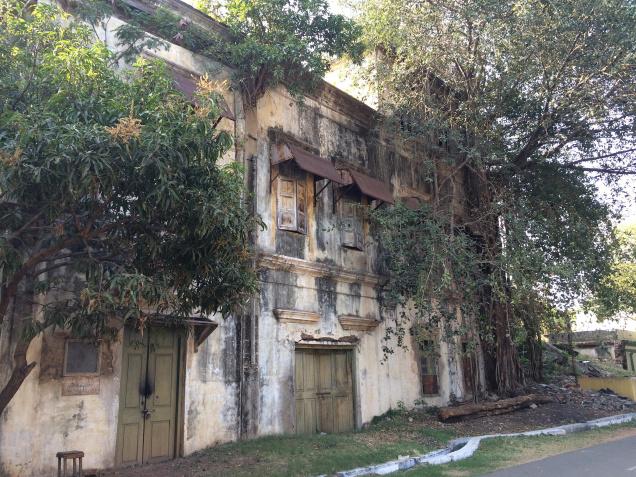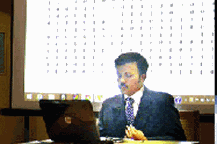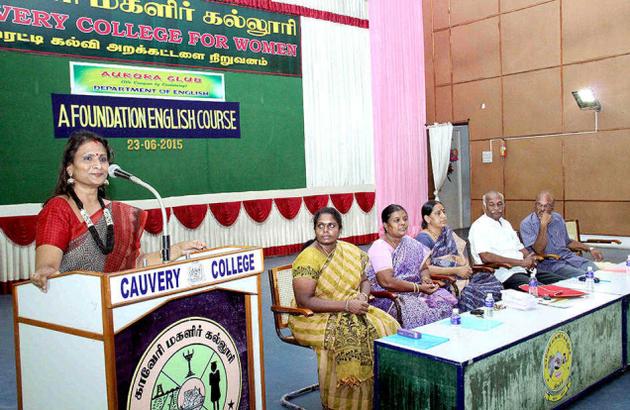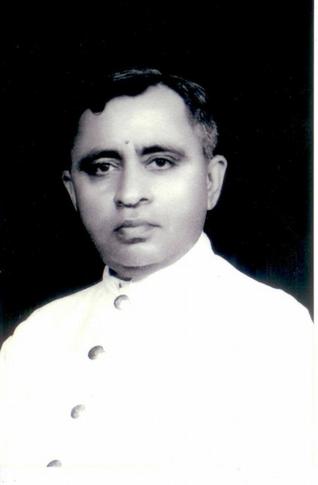by K R A Narasiah
Jesuit missionary Fr Henrique Henriques (1520-1600) worked among the pearl fisheries people of South Indian coast between 1546 and 1600 -a little over half a century. He learned the local Tamil language as spoken by the Parathava community to make his conversion work easier. He had little knowledge of classical Tamil and its grammar. His goal was to instruct his missionary colleagues about the language spoken in the coastal area by the community and help in his mission. He wrote a book of grammar in Portuguese around 1549 CE and thus ” Arte da Lingua Malabar” stands as the first linguistic connection between India and the West.
Jeanne Hein, an American scholar, had been studying the life of Henriques and the period of the Portuguese in India, with a view to understand the work of missionaries from 1964. She was stuck as she could not get much help in decoding Tamil. V S Rajam Ramamurthi had come to the US in 1975 to do her PhD in Pennsylvania and met Jeanne Hein in ’78-’79. It was then that they collaborated on the project of translating the Tamil grammar book written in Portuguese into English. The translation was published in 2013. Jeanne, who died in 2013, did not know Tamil and Rajam, Portuguese. That the two managed to get the book to this shape is remarkable.
Arte da Lingua Malabar was first discovered by Fr Thaninayagam in his search for Tamil works of Europeans in South India. Jeanne acquired a microfiche of the same from Lisbon.
In Tuticorin, Henrique Henriques mastered the local language and worked hard to bring out a book of grammar for the language, as he believed that books of religious doctrines should be in local language. Henriques, apart from being the first to produce a dictionary (Tamil Portuguese), set up a Tamil press and printed books in Tamil script. The first book printed in Tamil script was “Thambiran Vanakkam” (1578), a 16-page translation of the Portuguese “Doctrina Christam”. It was followed by “Kirisithiyaani Vanakkam” (1579).
Rendering the Arte da meaningfully in English was not easy . For, Henrique took Tamil as he heard it spoken in the Parava villages and stretched it over the grammatical structure of Latin. In addition, when he Romanised Tamil, he did it in his language phonetics of 16th century .The document, at once, therefore becomes a product of Portuguese discovery relating to South India. As Caldwell records in his book ” A History of Tinnevelly”, the South Indian chieftains were interested in getting Arab steeds due to which Muslim traders were ruling the day in the coast.In fact the pearl fishermen were under their mercy as Muslims controlled the trade. The fishermen looked up to the newly arrived Portuguese who were stronger especially after they won the 14-years war at Vedalai in Kerala coast.
Joao de Cruz, a convert, persuaded the Paravas to become Christians so that the Portuguese would assist them. Eighty-five leading Paravas went to Cochin to seek Portuguese assistance and all of them were baptized and on return they were instrumental in converting a vast number into Christian fold. It was in this background that Henriques arrived in the coast to find that though converted the Paravas were following the traditions of their earlier faith.
To impart the knowledge of Christianity, language had to be learned and books written in local language.
Henriques worked for eight een years on writing the gram mar of Tamil as spoken in the coast so that Tamil material could be supplied in spreading the faith. He had no idea about Tamil grammar nor did he attempt to learn it.On the other hand, for the first time he devised a grammar for a language as spoken by the people he was dealing with and shaped a linguistic structure in India for Christianity .
Rajam has taken pains to show how he wrote the letters of the alphabet and their pronunciation. Since he himself spoke 16th century Portuguese, to understand his phonetics today , a specialist of the language of that day was necessary .To add to the confusion the Tamil dealt with was that of a community of 16th century of which even Tamils have very little knowledge. “We are examining a document which describes Tamil the way a foreigner heard it. I have not corrected errors except for minor changes,” says Rajam.
(A former marine chief engineer , the author is a historian, writer and heritage enthusiast)
source: http://www.timesofindia.indiatimes.com / The Times of India / Home> City> Chennai / by K R A Narasiah / July 01st, 2015





